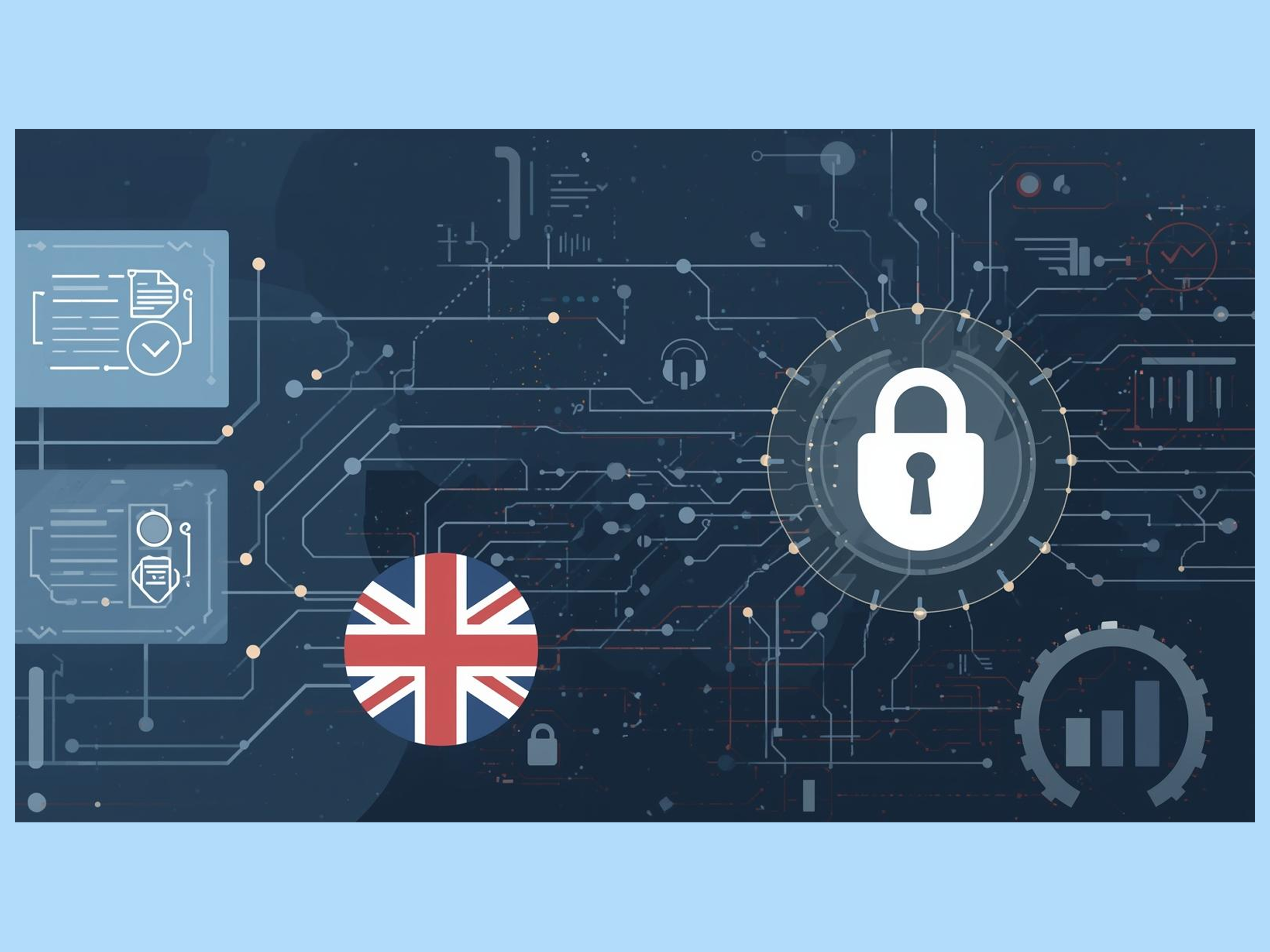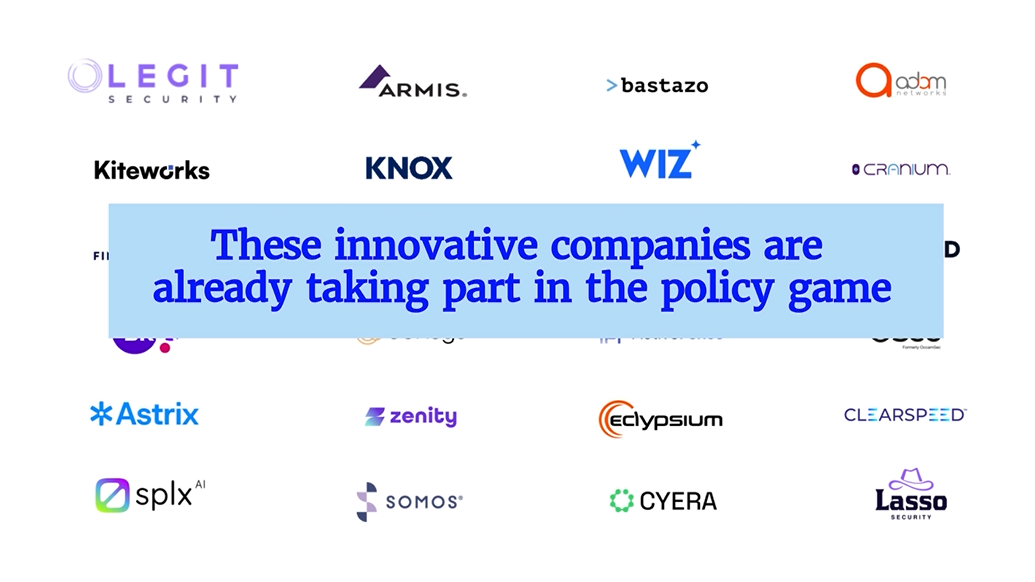On November 12, 2025, the UK Parliament introduced the Cyber Security & Resilience Bill (CSRB). This is the country’s most significant cybersecurity reform since Brexit.
This bill comes at a pivotal moment.. Over the past year, the UK saw:
- 204 nationally significant cyberattacks — double the previous year
- £14.7 billion in annual economic losses from cyber incidents
- Increasing pressure on critical infrastructure, from hospitals to logistics providers
As Science Secretary Peter Kyle warned, the UK remains “desperately exposed” as criminal groups and hostile states exploit weaknesses across digital infrastructure. The CSRB aims to close these gaps by modernizing the 2018 NIS Regulations and strengthening national cyber resilience.
A Broader, Modernized Framework for Cyber Resilience
The CSRB builds on (but, sometimes, diverges from) the EU’s NIS2 Directive, aiming to “modernise and future-proof” the UK’s approach to cyber risk. Its most significant change is the expansion of who falls into scope.
The bill brings Relevant Managed Service Providers (RMSPs), medium and large ICT, cloud-support, IT outsourcing, and managed security providers, directly under regulation for the first time. Because attackers increasingly target third-party vendors as a gateway into critical infrastructure, the government intends to harden this entire ecosystem. RMSPs will need to register with the ICO, maintain “appropriate and proportionate” cyber protections, and appoint a UK representative if overseas.
The bill also elevates data centres and cloud infrastructure to the status of essential services. This follows the UK’s 2024 decision to classify data centres as Critical National Infrastructure. Under the CSRB, large data infrastructure operators will face direct security obligations. With so much of the economy dependent on cloud platforms, this marks a major structural shift in UK cyber policy.
Beyond these categories, regulators gain the authority to designate “critical suppliers.” A software vendor serving NHS trusts or a specialist supplier supporting water utilities, for example, could be brought under the same NIS-level requirements as operators themselves. This mechanism allows the government to rapidly respond to emerging risks without waiting for new primary legislation.
Stricter and Faster Incident Reporting
One of the most debated aspects of any major cybersecurity bill is its incident reporting regime. The CSRB aligns closely with the EU NIS2 model and represents a significant tightening of current UK rules.
If an in-scope organisation becomes aware of a significant cyber incident, it must now provide:
- Initial notification within 24 hours of awareness, outlining:
– basic details of the entity
– services affected
– a brief description of what is known so far - Full report within 72 hours.
- Customer notification, for data centres or digital service providers whose clients may be affected.
Previously, UK organisations only had to report “without undue delay,” typically interpreted as within 72 hours. The 24-hour first alert is intended to give regulators and the government early situational awareness. However, industry has often warned that the first 24 hours of an incident are often chaotic and uncertain, with limited reliable information to share. The bill seems to try to balance these concerns by keeping the 24-hour requirement relatively minimal while reserving substantive reporting for the 72-hour mark.
The UK’s alignment with NIS2 means companies operating in both jurisdictions will benefit from broadly harmonised expectations, even if sectoral scopes differ.
AI, Emerging Threats, and a Flexible Future
The CSRB is being introduced against the backdrop of rapidly evolving AI-driven cyber threats. The government’s policy statement warns that AI is “fundamentally reshaping” the risk landscape, accelerating exploitation and lowering barriers for attackers.
Instead of regulating AI directly, the bill creates a flexible legal structure. Through secondary legislation and dynamic Codes of Practice, regulators can update requirements as new technologies and threat vectors emerge. This approach aims to prevent the UK from falling behind as adversaries adopt new tools and tactics.
Enforcement and Timelines
To ensure compliance, the CSRB introduces some of the UK’s strongest-ever cyber penalties. For the most serious failures, regulators will be able to impose fines of up to £17 million or 4% of global annual turnover, whichever is higher. Lower-tier violations may incur fines up to £10 million or 2% of turnover. Non-compliance can lead to daily fines of up to £100,000. These levels are on par with GDPR enforcement and signal the high priority the UK places on cybersecurity preparedness.
The bill is currently moving through Parliament and may see significant changes. If enacted, an implementation period will follow while technical details are finalised and sector regulators publish updated guidance.
What This Means for Cybersecurity Companies
The CSRB represents significant commercial opportunity, particularly for cybersecurity, AI, and digital-resilience companies that support critical infrastructure, supply chains, and cloud environments.
Key opportunity areas include:
- Managed detection and response (MDR), monitoring, and SOC services, as operators and RMSPs face stricter “appropriate measures” expectations.
- Third-party and supply-chain risk assessments, driven by new obligations on critical suppliers and MSPs.
- AI-powered defensive tooling, particularly monitoring and anomaly detection, as regulators emphasise resilience against AI-enabled threats.
- Compliance, readiness, and logging services, supporting organisations preparing for 24-hour incident reporting and enhanced oversight.
- Resilience strategy, tabletop exercises, and crisis management, helping organisations meet new expectations for preparedness and early escalation.
For companies already selling into energy, healthcare, telecoms, cloud, logistics, and public-sector environments, the CSRB is likely to accelerate procurement cycles as regulated organisations seek partners who can demonstrate strong assurance, rapid incident response capabilities, and robust reporting workflows.








